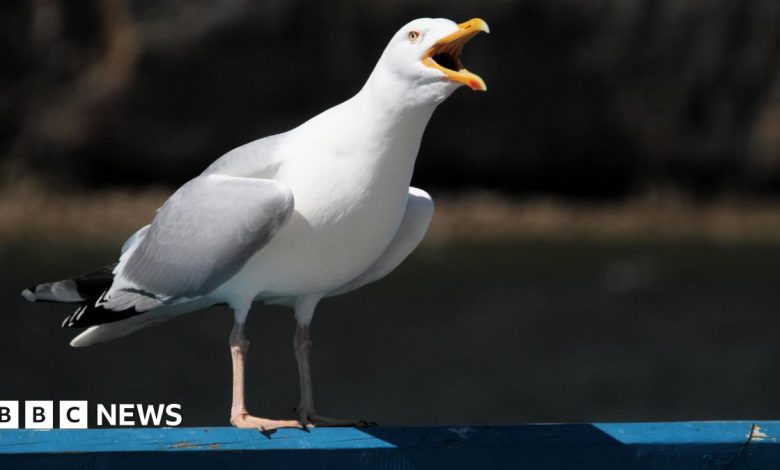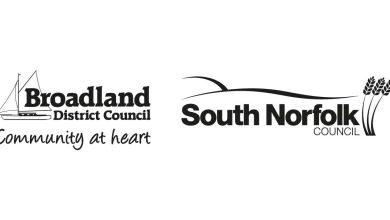Norwich Airport fears birds will flock to Rackheath housing scheme

Norwich Airport Raises Concerns Over Nearby Housing Development
Airport Safeguarding Officer Flags Bird Strike Risks
In a recent communication with Broadland Council, Norwich Airport has expressed significant concerns regarding Taylor Wimpey’s proposed housing development in close proximity to flight paths. The airport’s safeguarding officer specifically highlighted potential dangers related to bird activity that could be attracted to the new residential area. The officer emphasized that certain design elements of the development could inadvertently create habitats that attract hazardous bird species, potentially increasing the risk of bird strikes with aircraft operating in and out of Norwich Airport. This warning reflects a serious aviation safety concern that must be addressed before the development can proceed safely, balancing the region’s housing needs with critical flight safety requirements.
The Billion-Euro Problem of Wildlife Strikes
The Civil Aviation Authority provides stark context for these concerns, noting that wildlife strikes represent not just a local issue but a global aviation challenge with significant financial implications. Worldwide, delays to flights and aircraft damage resulting from wildlife strikes cost the aviation industry more than one billion Euros annually. The financial burden affects airlines, passengers, and ultimately the entire air transport ecosystem. These costs stem from necessary aircraft repairs, scheduled flight disruptions, emergency landings, and in rare but severe cases, catastrophic accidents that can result in the loss of aircraft or even human lives. The statistics underscore why airports and aviation authorities take the risk of bird strikes so seriously, particularly when new developments might exacerbate existing wildlife hazards.
How Housing Developments Attract Problematic Bird Species
The specific concern with residential developments lies in how they inadvertently create attractive environments for potentially hazardous bird species. Gulls, pigeons, and starlings—birds frequently involved in aircraft strikes due to their size, flocking behavior, and flight patterns—are naturally drawn to housing developments for multiple reasons. These areas offer abundant food sources through garbage, garden waste, and deliberate bird feeding by residents. Additionally, modern housing developments frequently include water features, parks, and green spaces that provide ideal habitats and shelter for birds. Building designs with flat or moderately pitched roofs create perfect roosting and nesting opportunities. The combination of these factors can significantly increase local bird populations in areas where aircraft operate at lower altitudes during takeoff and landing—precisely when they’re most vulnerable to wildlife strikes.
Design Modifications Can Mitigate Risks
The Civil Aviation Authority doesn’t just highlight problems—it provides practical solutions for developers looking to mitigate bird strike risks. Among its recommendations are architectural considerations such as steeply pitched roofs, which discourage birds from roosting by providing less stable surfaces. Other design modifications include avoiding open water features or ensuring they’re properly netted, implementing specific waste management protocols to reduce food availability, and carefully selecting landscaping plants that don’t produce berries or seeds attractive to birds. These relatively simple adjustments at the planning stage can dramatically reduce a development’s attractiveness to hazardous bird species while still creating desirable living environments for residents. The key is integrating these considerations early in the design process rather than attempting to retrofit solutions after construction is complete.
Taylor Wimpey’s Vision for the Development
Despite the concerns raised, Taylor Wimpey remains enthusiastic about what it describes as one of its “largest and most exciting projects” in the region. The developer envisions creating not just housing but a comprehensive community environment that serves as “an attractive and desirable place to live, to work and for recreation.” Their vision encompasses mixed-use spaces, community facilities, and thoughtfully designed outdoor areas that would enhance residents’ quality of life. Taylor Wimpey’s plans represent significant investment in the area and would help address local housing needs—a crucial consideration given ongoing housing shortages across the UK. The development would potentially bring economic benefits through construction jobs, increased local spending, and additional council tax revenue, making it an important project for regional development despite the aviation concerns that need resolution.
Decision Pending as Stakeholders Seek Balance
The final decision on the proposed development now rests with Broadland Council, which must carefully weigh competing priorities—housing needs against aviation safety, economic development against environmental considerations. The council will likely require Taylor Wimpey to address Norwich Airport’s concerns through specific modifications to the development’s design and landscaping before granting approval. This situation exemplifies the complex balancing act faced by local authorities when managing growth near existing infrastructure. As urban development increasingly encroaches on the buffer zones traditionally maintained around airports, such conflicts become more common, requiring thoughtful planning solutions that serve multiple stakeholders. While no decision date has been announced, the outcome will set an important precedent for how similar developments near Norwich Airport and potentially other regional airports are handled in the future, potentially influencing aviation safety and housing development practices more broadly.








